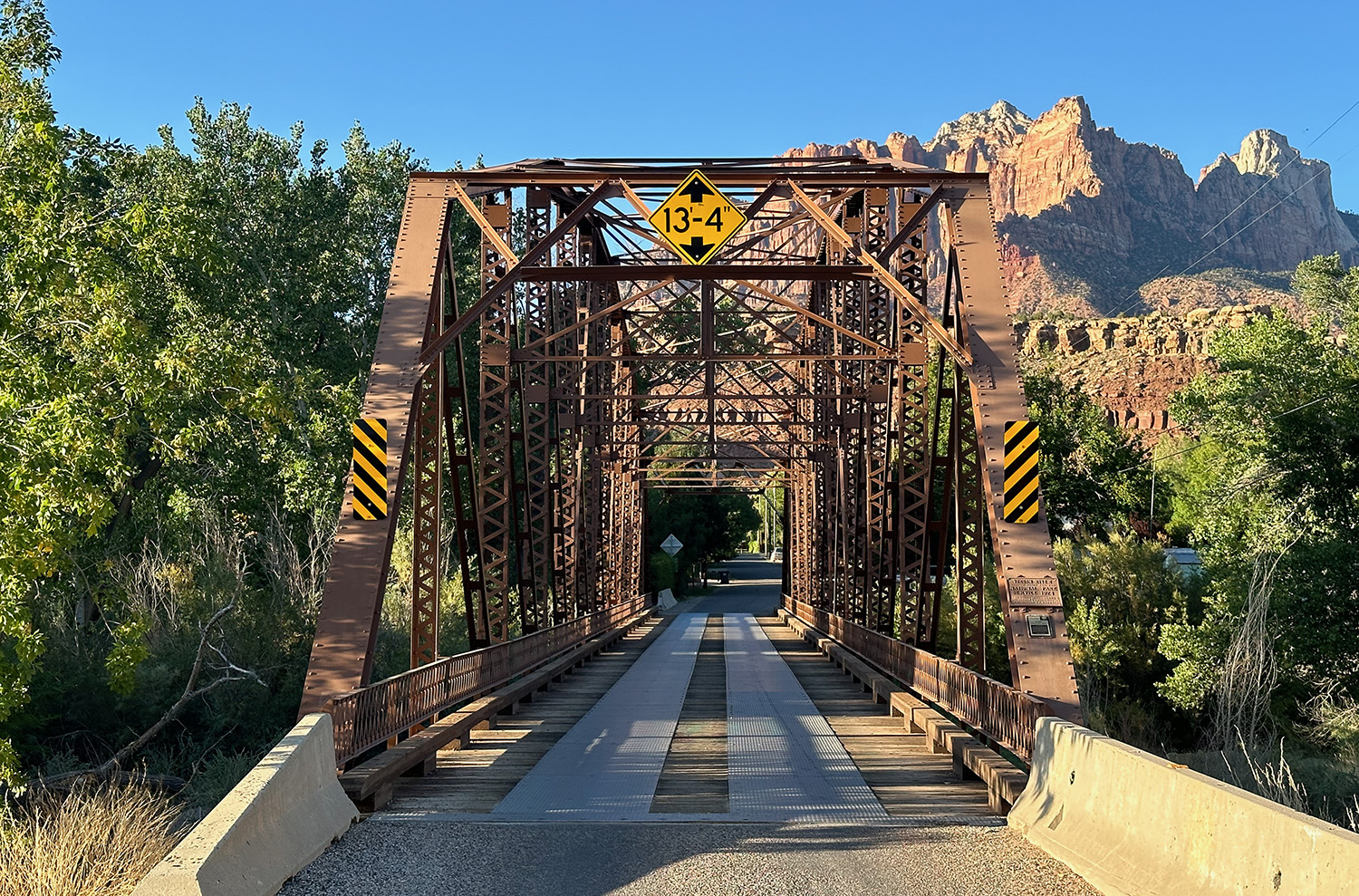Sunday Drive: The Rockville Bridge
If you're looking for a scenic drive that offers a glimpse into Utah's history, the journey to Rockville Bridge is a must-do. This historic landmark is located just a short distance from St. George, making it a perfect day trip or a stop on a longer road trip.
The Drive: A Scenic Adventure
The drive from St. George to Rockville Bridge is a pleasant journey that takes you through the picturesque landscapes of Southern Utah. Here's a breakdown of what you can expect:
Leave St. George: Begin your adventure by heading north on Interstate 15. Take Exit 17: After a short drive, exit Interstate 15 at Exit 17, which will lead you onto State Route 7. Follow state Route 9: Continue east on State Route 9, enjoying the scenic views of the surrounding red cliffs and valleys. You'll turn right in LaVerkin to stay on state Route 9 - follow the signs for Zion National Park... Turn onto Bridge Road in Rockville: As you near the far side of the town of Rockville, you'll turn right onto Bridge Road, which will take you directly to the bridge.
Tips for the Drive:
Enjoy the scenery: Take your time and appreciate the beautiful landscapes along the way. Be mindful of wildlife: Keep an eye out for wildlife, such as deer, rabbits, and coyotes that may cross the road.
Rockville Bridge: A Historic Landmark
Constructed in 1924 and spanning the Virgin River in the Town of Rockville, Utah, this single-lane bridge is the only surviving Parker Through Truss type bridge used for vehicular travel in the State of Utah.
The U.S. Bureau of Public Roads designed the Rockville Bridge for the National Park Service.
C.F. Dinsmore, an Ogden bridge contractor, erected the bridge on site from prefabricated steel components manufactured by the Minneapolis Steel & Machinery Company.
The structural and historical integrity of the bridge have been exceptionally well preserved and on August 4, 1995, it was listed on the National Register of Historic Places.
The bridge spans the Virgin River and offers stunning views of the surrounding landscape. It is a popular spot for photographers, hikers, and those simply looking to enjoy a peaceful outdoor experience.
You can read more about the bridge on the Rockville Town website.
On the Other Side Lies A Hidden Gem: The Grafton Ghost Town
After crossing Rockville Bridge, you'll find yourself on the other side of the Virgin River. Here, after a short drive on a dirt road that winds along the river, you'll discover the Grafton Ghost Town, a fascinating historical site that offers a glimpse into the past.
Grafton, originally named Wheeler, was founded in 1859 as part of the Cotton Mission - a group of settlers sent south from Salt Lake City by early Church of Jesus Christ of Latter-day Saints President Brigham Young. With the United States on the brink of the Civil War at the time, Young tasked these settlers with attempting to grow cotton in the temperate climate of southern Utah, hoping to replace the cotton production war in the Southern U.S. would be sure to curtail.
These pioneers on the Cotton Mission faced numerous hardships, especially in Grafton. They faced devastating annual flooding that destroyed their crops and homes, as well as attacks from local Native American tribes.
The Great Flood of 1862 wiped out the town almost entirely, forcing the settlers to relocate one mile upriver and rename the settlement after Grafton, Massachusetts. While the move helped mitigate some of the flooding issues, it didn't completely solve the problem.
Despite these challenges, Grafton became an important stop on the road from Salt Lake City to California and boasted successful orchards producing peaches, apricots, and apples. However, the town's fortunes declined with the establishment of Rockville in 1862, which had a more favorable location. The Black Hawk War of 1866 further accelerated Grafton's decline, leading to a complete evacuation of its residents.
By the early 1900s, Grafton was largely abandoned, and the last remaining residents left in 1944. Today, Grafton stands as a ghost town, a testament to the challenges and resilience of its early settlers.
There are several homes and structures still standing in Grafton and while you can’t go into the schoolhouse, it’s one of the most pristine abandoned buildings left in all of Utah’s ghost towns and makes for a great photo opportunity. Some say that Grafton is the most photographed ghost town in the West. It was even one of the filming locations for parts of "Butch Cassidy and the Sundance Kid," among other Hollywood movies.
Exploring the Grafton Ghost Town:
Wander through the ruins: Explore the remnants of the old buildings and imagine what life was like in the town's heyday. Visit the cemetery: Pay your respects at the Grafton Cemetery, where you can find the graves of early settlers. Learn about the town's history: Read the historical markers located throughout the ghost town to learn more about its past.
The drive from St. George to Rockville Bridge is a rewarding experience that offers a combination of scenic beauty, historical significance, and outdoor adventure. Whether you're a history buff, a nature lover, or simply looking for a peaceful escape, this journey is sure to leave you with lasting memories.


